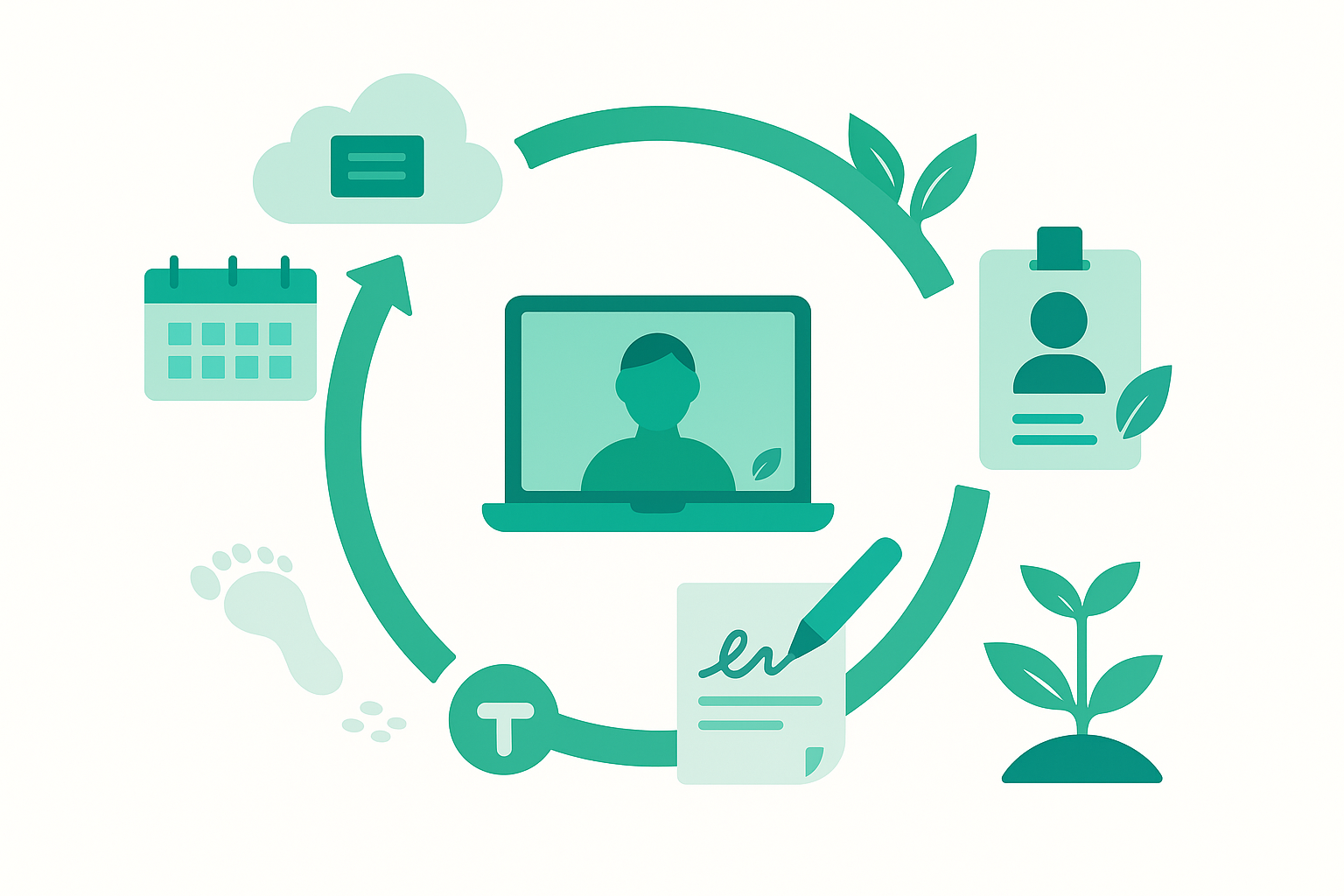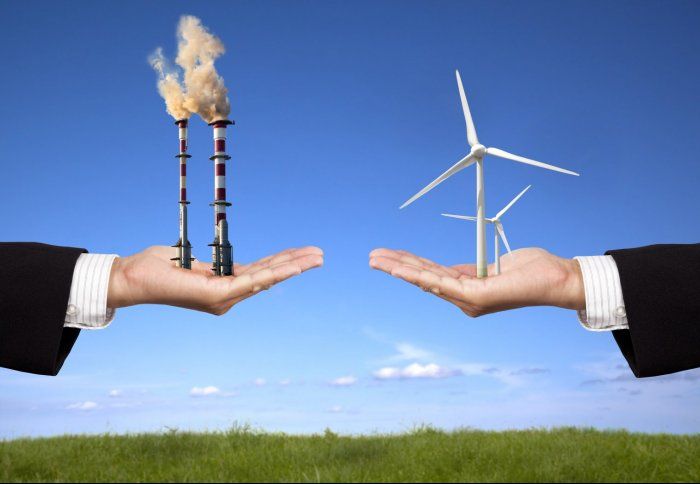Is the 4 day week the next big workplace transformation?
Although the pandemic caused havoc worldwide and affected numerous industries and many people's personal lives, it has highlighted the need for change and a better work-life balance. The entire world workplace was shaken up and revolutionised, creating alternatives such as a four-day week or working from home. Not only has it strengthened the recruitment market, but it's garnering much interest. And it took a global disaster for en masse consideration of hybrid work and the introduction of a four-day-week.

More and more companies in Australia are beginning to offer flexible hours, affording them more time with their families. Many companies are focusing on outcomes and not inputs allowing this flexibility and a more modern business approach that considers productivity, profitability and wellbeing. Interestingly, employees are managing to squeeze more into their day not only to make the four-day week successful but so they could enjoy more time doing things that they enjoyed. Overall, employees are positive and motivated about the change and find new ways to manage their time whilst delivering expected outcomes.
The long weekend, nine-day fortnights and flexible hours have seen many iterations over the previous years. A group of Australian companies began trialling a four-day week as part of a six-month programme run by 4 Day Week Global (4DWG). They follow in the footsteps of over 70 UK companies and well over 3,000 employees who are already enjoying an extra day off without pay cuts.
The Adecco Group recently conducted a survey that found Australian workers to be the most burnt out in the world, with around 50% having had to take leave for their mental health. Couple this with rising inflation, chaotic economic conditions, supply chain disruptions, skills shortages and high unemployment rates; it's no wonder. Employees are demanding flexibility, or they simply go elsewhere. Introducing flexible workplace policies will go a long way to ensuring happier employees whilst maintaining necessary profits.
It's also important to understand why people are leaving their current roles and if employers can do anything to prevent it. What is driving the great resignation? Is it a long work week, a desire for flexibility, and a three-day weekend? Mentor and training opportunities? Office-bound roles? Understanding the reason can help employers manage expectations. Over the past few pandemic years, companies that provided support, empathy and open communication are far more likely to retain their staff than those that have made poor decisions such as en masse redundancies.
The Adecco Group research shows how employees rate the importance of their working life post-pandemic;
Per Cent Reason
80 Being able to maintain a good work-life balance post-pandemic
80 A good salary and pay scheme
79 Feeling trusted to get the job done
77 Job security
76 The flexibility of working hours and schedule
75 A job with a clear sense of purpose
74 Maintaining good relationships with their managers
73 Having ample opportunities to maintain physical health and fitness
72 Praise and recognition for a job well done
71 Good learning and development opportunities
Australian work leaders are striving to meet work-life balance demands by offering the choice and empowerment necessary to support the ongoing recovery of business in a landscape of insecurity. The largest generational group is the millennials, which are used to getting things done on the go through various convenient online apps and devices. Interestingly, 4DWG’s four-day framework is based on the 100:80:100 per cent principle – 100 per cent pay for 80 per cent of the time based on a commitment to 100 per cent productivity. Bosses must take responsibility for empowering their teams to fulfil productivity irrespective if they are working from home or the office.
The pandemic has taught employers many lessons, including the necessity of the right tools. Censuswide conducted detailed research and found that 94 per cent of Australian workers experienced various frustrations linked to inadequate technology to support their hybrid-style work. A staggering 90 per cent of respondents indicated they would move elsewhere if they didn’t get the right technology to help them track their input so that they didn’t meet productivity obstacles.
In order to move to a four-day working week, companies need superior digital technology to ensure faultless collaborations and connections between employees, automated administration tasks, and secure, cyber-protected access, and the ability to disconnect when the work day comes to a close. Organisations that fail to invest in digital assets will struggle in transitioning to new workplace policies and risk losing their best talent to competitors. Bosses who help their teams hit their targets and achieve a four-day week will set a benchmark for future employment drives.



